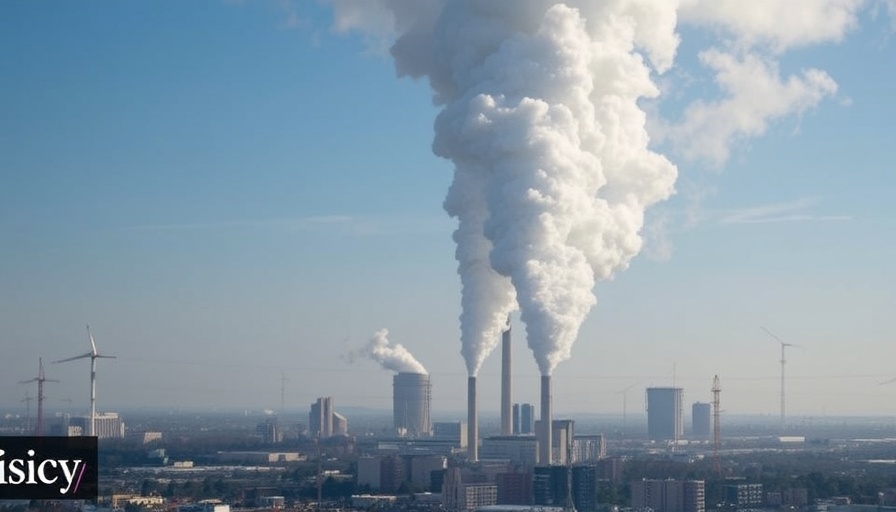
Understanding the Hidden Heroes: Mycorrhizal Fungi
When we think of ecosystems, we often focus on towering trees, blooming flowers, and vibrant wildlife; however, the true backbone of these systems might be lurking beneath our feet—mycorrhizal fungi. These fungi form intricate networks in the soil that facilitate nutrient exchange between plants and their environments. A recent study by the Society for the Protection of Underground Networks (SPUN) has highlighted a pressing need for conservation efforts to protect these underground champions, as they play a critical role in maintaining the health of our planet’s ecosystems.
The Alarming State of Fungal Networks
According to SPUN, a staggering 90% of biodiversity hotspots for mycorrhizal fungi are located in unprotected areas. This deficiency not only threatens the fungi themselves but also jeopardizes crop productivity, carbon reduction efforts, and ecosystem resilience in the face of climate change. Dr. Toby Kiers, Executive Director of SPUN, emphasized the role of these fungi as "ecosystem engineers" that cycle nutrients, store carbon, and support plant health. The implications of losing these networks could be catastrophic, leading to slower forest regeneration and decreased agricultural yields.
Why Fungi Matter for Homebuyers
For homebuyers, sellers, and property investors, understanding the underground fungal context is more critical than ever. Healthy fungal networks contribute to richer soils, which can enhance the growth of beautiful gardens and landscapes around residential properties. Potential buyers should consider the ecological health of the land they are investing in, as vibrant nature can influence property values positively.
A Closer Look at Fungi’s Ecosystem Benefits
Mycorrhizal fungi do much more than just help plants grow. They form a symbiotic relationship with roots, enabling trees and other plants to obtain essential nutrients like phosphorus and nitrogen more efficiently. Additionally, these fungi draw over 13 billion tons of carbon into soils each year—equivalent to about one-third of global fossil fuel emissions. As we grapple with climate change, it is vital to recognize fungi's role in carbon sequestration. Homes built with ecological sustainability in mind may benefit from surrounding lands rich in mycorrhizal networks.
Future Implications for Environmental Protection
As the SPUN research illustrates, without immediate conservation action, we risk losing the very networks that sustain life on earth. The study reveals that under 10% of fungal biodiversity hotspots are found in areas designated as protected, raising a crucial question for policymakers: how can we integrate fungal conservation into our climate strategies? Homebuyers should advocate for sustainable land use practices that protect local ecosystems, ensuring that their investments contribute to the larger goal of environmental stewardship.
Peace of Mind Through Knowledge
Understanding the significance of mycorrhizal fungi networks could empower homebuyers to make environmentally conscious choices. When considering a property, it’s beneficial to inspect the local ecological health, as this could impact not only personal satisfaction but also long-term property value. Engaging with local eco-friendly initiatives or gardening practices that support fungal health can enhance both community resilience and individual properties.
As we reflect on the role of mycorrhizal networks, it becomes clear that protecting these underground systems is not just an ecological issue; it's a matter of informed decision-making for anyone looking to invest in property. By understanding these crucial relationships, homebuyers and sellers can contribute to a healthier planet and a more beautiful living space.
Join the movement to protect our underground networks! Advocate for policies that prioritize ecosystem health and educate others about the importance of these invisible heroes in our environment. Your voice can help bring about change.
 Add Row
Add Row  Add
Add 





Write A Comment